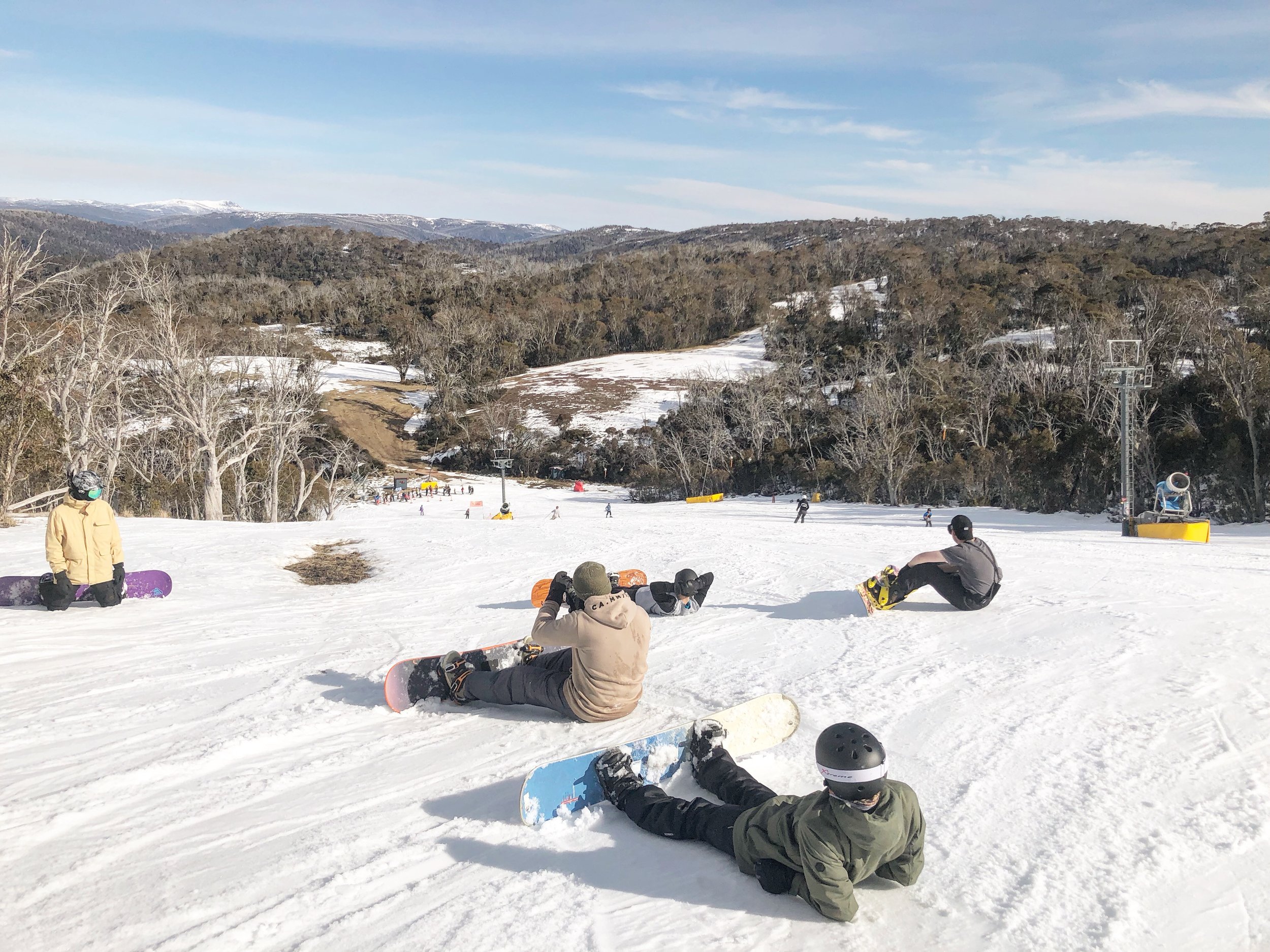Snow in the Snowy Valleys
While the town of Tumut is lucky to see snow every twenty years, you don’t have to travel far to experience a magical winter wonderland. The Snowy Valleys is nestled at the base of the mountains of Kosciuszko National Park. So, as the name suggests, there is snow to be seen. We have developed a guide on how, where and when to see snow in the Snowy Valleys so you can plan your stay at The Monarch accordingly.
Snow at the Pilot Hill Aboretum in Laurel Hill, part of Bago State Forest. 📷 @harryshootz (Harrison Symons)
Where to See Snow
Depending on the forecast, you will not have to travel far to see snow. With an elevation of 750m, the small apple town of Batlow sees flurries of snow on a few special occasions during winter. Batlow is a 30 min drive through the stunning Gilmore valley. A little further up the road is the Pilot Hill Aboretum, the 40 different species of conifers and hardwood from all over the world are magic under a blanket of fresh snow. Snow isn’t guaranteed at these spots during winter, you’ll need to check the forecast for Batlow and Tumbarumba.
One of the best places to find snow is Selwyn Snow Resort in Kosciuszko National Park, a 90 minute drive from Tumut. The resort was destroyed in the 2019/20 bushfires and has been rebuilt bigger and better.
Where to Find a Snow Report
The local National Parks office should be your first point of contact to get information on road conditions and where to find snow. If you hire your gear from Go Play Outside, they’ll also be able to provide you with any important information you need to know.

Where to Hire Gear
Go Play Outside in Talbingo is your one stop shop for hire. Here you can hire snow chains, skis, snowboards, snow clothing, toboggans and more. You can even hire snowshoes and poles to go for a magical winter hike to a Kosciuszko hut or hire a fat bike and go for a ride through the snow.
How to Drive in the Snow
Please drive to the conditions and be aware of hazards such as black ice, particularly when driving up Talbingo Mountain on the Snowy Mountains highway. It’s recommended that 2WD vehicles to carry snow chains between 1 June and October 11 when travelling on the Snowy Mountains highway. Check the live traffic website before you leave to so you are aware of the road conditions and any relevant closures.
You can hire snow chains from Go Play Outside in Talbingo, but make sure you are organised and book ahead so you don’t miss out. Ensure you know when and how to fit the chains to your wheels before leaving.
Please visit NSW National Parks website for some more detailed information on snow chains here.
Remember to drive to the conditions, keep your headlights on and use your fog lights if visibility is low. Brake early and gently and accelerate slowly. Only pull over in marked parking areas, don’t pull off onto the shoulder on the road unless it’s an emergency. In snowy conditions it can be unclear what you are pulling off into.
If you have never driven in snowy, icy conditions before then please read this guide.
What to Wear
Layers! Layers are crucial when exploring the outdoors, especially in winter. Dressing in appropriate layers can be the difference between having a good time or something more serious like hypothermia. Ideally, you need four layers, starting with a base layer that wicks away moisture keeping you warm and dry. Followed by a fleecy mid layer to continue to move moisture away from the body and further trap in body heat. If you’re standing around, or not being overly active you’ll want a third mid layer, something like a insulated down jacket. And finally, when in wet conditions like snow you’ll need a waterproof outer layer, if it’s really coming down or you are doing an activity like skiing waterproof pants are also important. In addition to the layers above, you’ll also want gloves, a beanie and good warm socks. And, pack warm clothes and socks in case you get wet and need to change.
You can find a more detailed and informative guide from the kind people at Tom’s Outdoors here.


